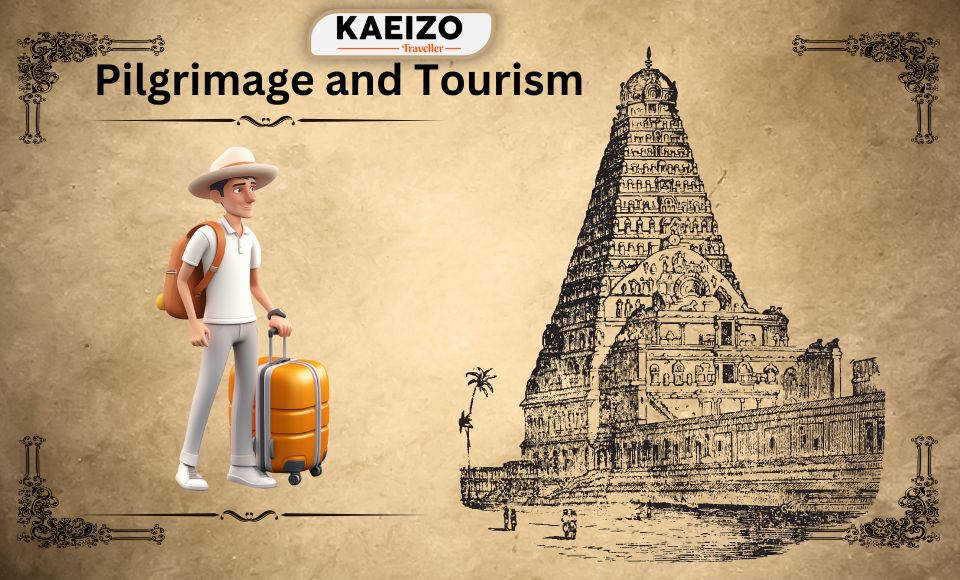
Pilgrimage
Pilgrimage and Tourism
The Intersection of Pilgrimage and Tourism
- Religious Motivation and Secular Interest:
- Many individuals undertake pilgrimages for deeply personal and religious reasons, seeking spiritual growth, fulfillment, or penance.
- Conversely, tourists might visit pilgrimage sites out of historical or cultural interest, drawn by the significance and beauty of these destinations.
- Economic Impact:
- Pilgrimage sites often become major tourist attractions, contributing significantly to local economies.
- The influx of pilgrims and tourists can lead to the development of infrastructure, such as hotels, restaurants, and transportation services.
- Cultural Exchange:
- Pilgrimages foster cultural exchange as individuals from diverse backgrounds come together, sharing their customs, traditions, and beliefs.
- This interaction can promote mutual understanding and tolerance among different cultures and religions.
Sustainable Tourism Practices
As pilgrimage sites attract millions of visitors annually, sustainable tourism practices are essential to preserve these sacred places and their environments.
- Environmental Protection:
- Measures such as waste management, pollution control, and conservation efforts are vital to protect natural and historical sites.
- Pilgrims and tourists are encouraged to follow eco-friendly practices, such as reducing plastic use and respecting local wildlife.
- Community Involvement:
- Engaging local communities in the management and promotion of pilgrimage tourism ensures that they benefit economically and socially.
- Local guides, artisans, and businesses can offer authentic experiences while preserving their cultural heritage.
- Balanced Development:
- Infrastructure development should balance the needs of pilgrims and tourists with the preservation of the site’s sanctity and natural beauty.
- Over-commercialization should be avoided to maintain the spiritual atmosphere of pilgrimage destinations.
Examples of Pilgrimage and Tourism Integration
- The Hajj in Mecca:
- The Hajj is one of the largest annual religious gatherings, drawing millions of Muslims from around the world.
- The Saudi government has invested heavily in infrastructure to accommodate pilgrims, including hotels, transportation, and healthcare facilities.
- The Camino de Santiago in Spain:
- The Camino de Santiago is a network of pilgrimage routes leading to the shrine of the apostle Saint James in Santiago de Compostela.
- It attracts both religious pilgrims and secular hikers, contributing to the local economy through hospitality services, guided tours, and cultural festivals.
- Varanasi in India:
- Varanasi, one of the holiest cities in Hinduism, attracts pilgrims who come to perform religious rituals on the banks of the Ganges River.
- The city is also a popular tourist destination, known for its vibrant culture, historic temples, and festivals.
Challenges and Considerations
- Overcrowding:
- Popular pilgrimage sites can become overcrowded, leading to strain on resources and infrastructure.
- Effective crowd management and planning are necessary to ensure a positive experience for both pilgrims and tourists.
- Commercialization:
- The commercialization of pilgrimage sites can detract from their spiritual significance, turning sacred places into mere tourist attractions.
- It is crucial to maintain a balance between promoting tourism and preserving the religious essence of these sites.
- Cultural Sensitivity:
- Tourists visiting pilgrimage sites must be mindful of religious customs and practices, showing respect for the beliefs and traditions of pilgrims.
- Education and awareness programs can help tourists understand the significance of these sites and their proper conduct.




